¡Hola amigos!
Hace poquito tuve la fortuna de ser entrevistada para My Bilingual Child Corner. Es un recurso increíble en cuanto a la crianza bilingüe sobretodo si estás tratando de que tu peque aprenda inglés como lengua objetivo.
Me encantó platicar con María en esta entrevista porque hablamos sobre mi proceso creativo a la hora de escribir libro y un poco de lo que me mueve a contar e ilustrar historias para los pequeñines.
¡Espero que les guste! 🙂
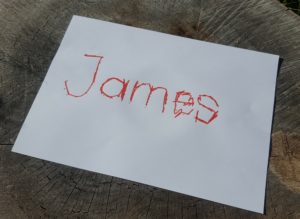
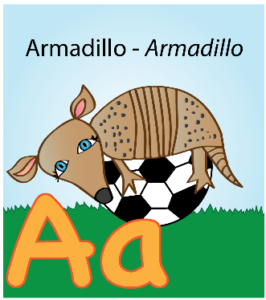
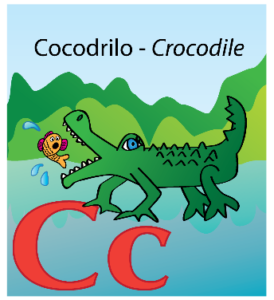
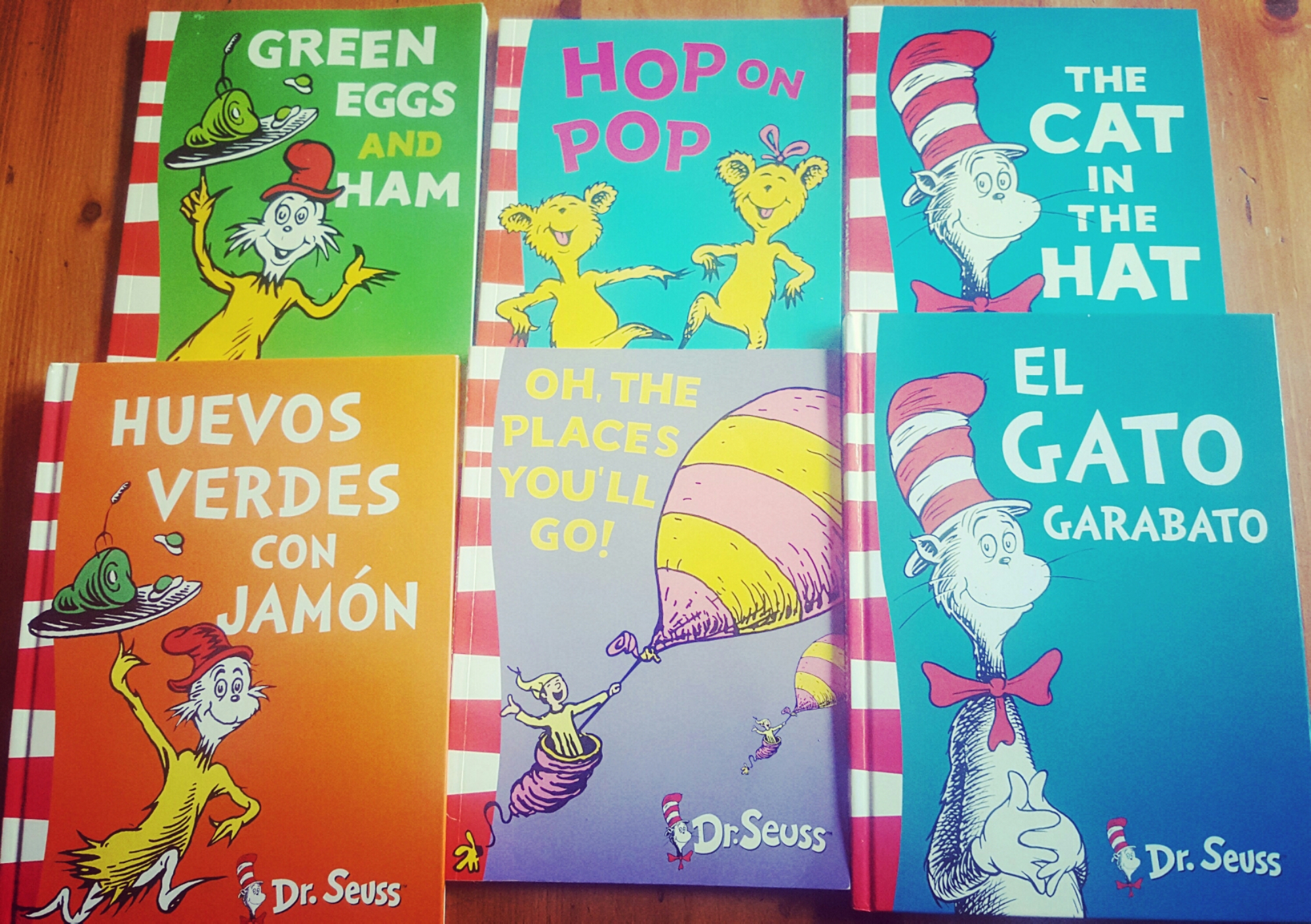
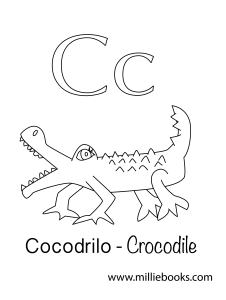 For weeks I kept thinking of the animals with different letters of the alphabet that would be the same in English and Spanish and then finally I came up with a list! Here is where I gave myself a little challenge to post one letter everyday during February. Now that the month is over I just wanted to keep this somewhere as a printable version so you can come back to it any time you need it.
For weeks I kept thinking of the animals with different letters of the alphabet that would be the same in English and Spanish and then finally I came up with a list! Here is where I gave myself a little challenge to post one letter everyday during February. Now that the month is over I just wanted to keep this somewhere as a printable version so you can come back to it any time you need it.